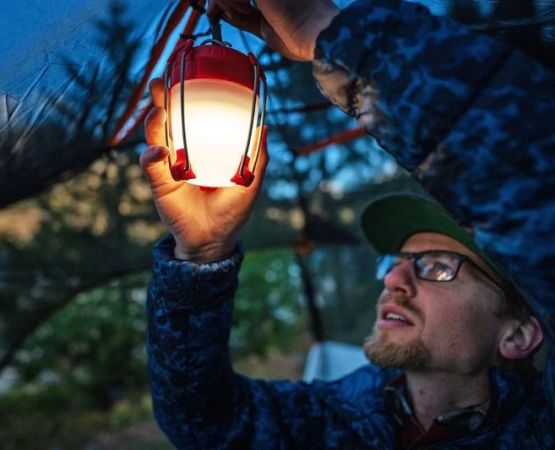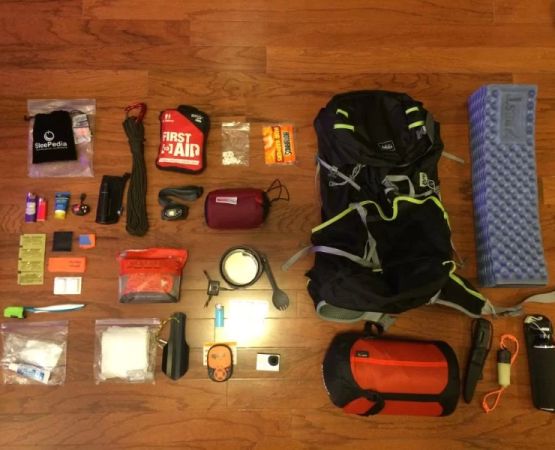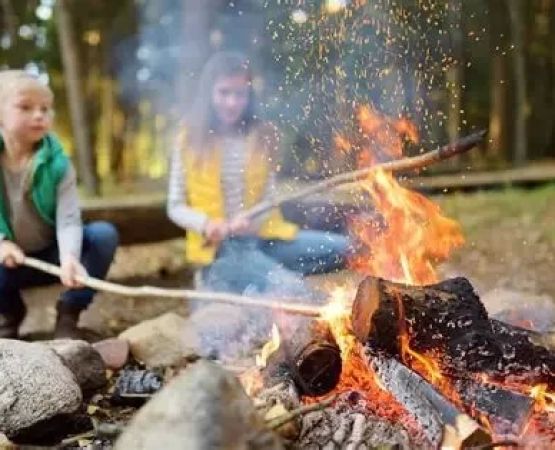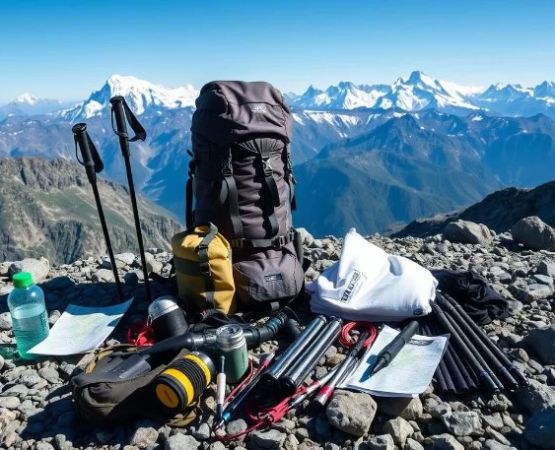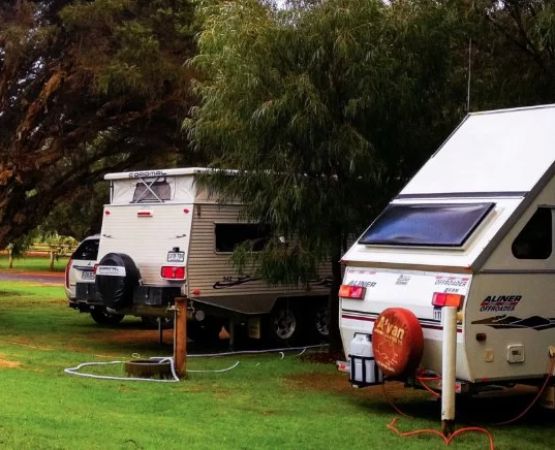- 1 - why-fire-starting-is-a-critical-survival-skill
- 2 - understanding-the-science-behind-fire
- 3 - mastering-fire-starting-techniques-in-varied-conditions
- 4 - real-life-case-when-fire-meant-survival
- 5 - tools-and-materials-that-make-a-difference
- 6 - get-practice-support-and-gear-from-pine-cliff-resort
1. Why Fire Starting Is a Critical Survival Skill
Fire is more than just warmth—it's protection, light, a cooking method, and a psychological anchor in the wild. Mastering fire starting techniques in all conditions is essential for campers, hikers, hunters, and anyone venturing into nature. Whether you're out for a weekend or unexpectedly stranded, your ability to create fire could be the difference between comfort and crisis.
2. Understanding the Science Behind Fire
2.1 The Fire Triangle: Fuel, Heat, and Oxygen
Fire isn’t magic—it’s chemistry. You need three elements to sustain it: fuel, heat, and oxygen. Remove one, and your fire fails. In challenging environments, understanding how to balance this triangle is key to success.
2.2 How Moisture Affects Combustion
Water is the enemy of fire. Moist wood or damp air can significantly hinder ignition. That’s why knowing how to source dry tinder in wet conditions—or prep wet materials properly—is a vital part of mastering fire starting techniques in all conditions.
3. Mastering Fire Starting Techniques in Varied Conditions
3.1 Starting a Fire in the Rain
Rain doesn’t have to ruin your chances. Use a knife to shave dry wood from the inside of larger branches. Birch bark and fatwood are great natural water-resistant fire starters. Windproof lighters or ferro rods paired with petroleum jelly-coated cotton balls work exceptionally well even in wet conditions.
3.2 Building a Fire in Snow and Ice
Build a platform using bark or branches to keep your fire off the snow. This prevents heat from being lost into the frozen ground. Start small and work up, protecting your flame with a windbreak made from your pack or snow wall.
3.3 Handling Windy, Dry Climates
In arid regions, the danger isn’t ignition—it’s control. Always clear the surrounding area of dry brush and keep a water source nearby. Use a teepee or log-cabin structure to allow steady oxygen flow while maintaining stability in the wind.
4. Real Life Case: When Fire Meant Survival
In 2021, a pair of hikers in Colorado got trapped overnight during a sudden snowstorm. With temperatures dropping fast, their lighter failed. Fortunately, one of them had learned to use a ferro rod at a survival workshop. Using birch bark and a knife to scrape magnesium shavings, they built a fire that lasted through the night—and caught the attention of rescuers by morning. It’s not just about gear, it’s about knowing how to use it.
5. Tools and Materials That Make a Difference
5.1 Fire Starters Worth Carrying
Waterproof matches, ferro rods, magnesium blocks, and electric arc lighters all have their pros and cons. Carry more than one. Redundancy is your friend in survival.
5.2 Best Tinders to Keep on Hand
Natural options like birch bark, fatwood, and dry moss work well. For synthetics, try cotton balls with petroleum jelly, char cloth, or commercial fire tabs. Keep them in a sealed bag for moisture protection.
5.3 The Role of Knives and Tools
A good fixed-blade knife lets you process kindling, shave tinder, or even create a bow drill. Pair it with a folding saw and you’re ready to build a fire anywhere—rain or shine.
6. Get Practice, Support, and Gear from Pine Cliff Resort
6.1 Learn by Doing, Not Just Watching
If you want to move from theory to practice, Pine Cliff Resort offers guided outdoor workshops where you can test your fire starting skills in a safe, realistic environment. From kids to seasoned backpackers, everyone learns something new by practicing under real-world conditions.
6.2 Stock Up on Expert-Approved Gear
Pine Cliff Resort also provides hand-selected outdoor gear that’s built for rugged conditions. Whether you're looking for fire-starting kits, survival tools, or just the right kind of waterproof tinder, they’ve got what you need to turn survival knowledge into reliable action.
Mastering fire starting techniques in all conditions isn't about luck—it's about preparation, knowledge, and confidence. Build your skills, pack your tools, and explore the wild knowing you can always bring the fire.


